VALORANT currently has 11 maps in total, but only seven remain in rotation for the Competitive (ranked), Premier, and Deathmatch modes. If you’re looking for a list of active maps in the current VALORANT map rotation, you’ve come to the right place.
The map rotation for ranked VALORANT changes frequently, keeping the games exciting and fresh for the players. This includes adding new maps every few Acts and rotating between old ones. Maps that return to the pool after a while are sometimes reworked based on community feedback and the meta, but they can also come back without any changes.
Here’s the current VALORANT map pool and active rotation, plus an outline of future or upcoming plans for the pool.
What are the current maps in the VALORANT map pool rotation?
The VALORANT ranked map pool as of Season V25, Act Three includes the following maps:
- Sunset
- Ascent
- Haven
- Split
- Pearl
- Icebox
- Lotus
The most recent changes to the competitive map rotation went live with Patch 10.08 (the beginning of Act three), which brought back Sunset and removed Fracture. Sunset was last removed from the pool in Patch 10.0, and it hasn’t endured any changes since then.
Sunset

After spending a few months out of the rotation, the warm Sunset map is now back in VALORANT’s ranked map pool with Season V25, Act Three.
Inspired by sunny Los Angeles, Sunset is relatively straightforward with no distinct gimmicks, outside of a single Ascent-like door connecting mid to B that can be opened, closed, or destroyed. Quick decision-making is key if you want to win on this map, especially when it comes to rotations. Make sure you take special care of that prominent mid-section and have a strong sentinel to take care of flanks and guard your space.
Ascent

Ascent’s unique feature is the switch-activated doors that lead into each site. One door leads from B Site to Mid Market. Another from A Site to A Tree. Using these doors to stall time and get information about the retake can make or break rounds. At the same time, you can preemptively destroy these doors to deny that information.
Mid control is crucial on Ascent, as it allows the attacking team to scale either Mid Catwalk to go A or Mid Market to take over B.
Haven

Haven is VALORANT’s first three-site map and one of the community’s most beloved maps. It’s a large, attacker-friendly map where players may find it easier to retake sites instead of holding them down.
With multiple entry points onto sites, including C Garage, Mid, and A Sewer, you have to spread out your teammates and utility to gather information on attackers. Luckily, Haven never received any significant changes, so if you played it before, you’ll feel right back at home.
Split
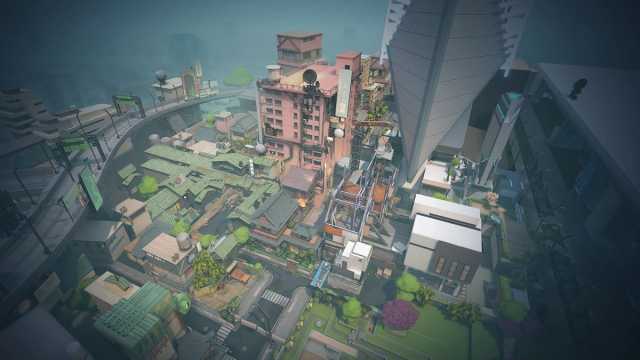
One of the first VALORANT maps, Split, is currently in rotation. Set in Tokyo, Split is a close-quarter map with multiple areas and angles for you to hold. There are barely any long-range sightlines apart from Mid and A Screens, but even those can quickly be covered with smokes to make space for the attacking team.
Split’s quirk is the two ziplines. One connects the B site with B Tower, allowing for a sneaky defense angle. Another is in Mid Vent, connecting Mid and A Ramps. This area often becomes either an ambush from a rotating side or a death pit.
Pearl
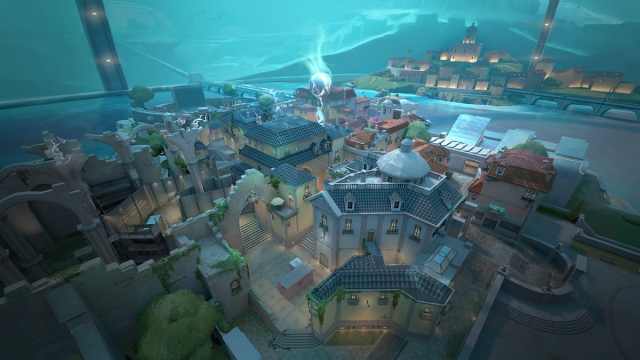
Take a deep breath as Pearl is now back in the competitive map pool after a long absence. This underwater map isn’t everyone’s favorite and has no unique mechanical features, but it offers a variety of plays through Mid control. Mid on Pearl has multiple paths connecting almost every corner of the map, from bomb sites to team spawns.
While you can hit a site directly, you’ll often be stopped by a simple Sage wall or a smoke, where Mid comes into play. You can also take an opportunity to catch an enemy flank or become the flanker yourself through the Mid Connector.
Icebox
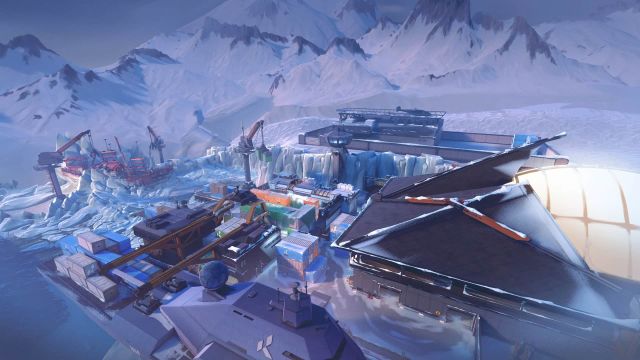
The snowy Icebox map has now returned to the competitive map pool with Season V25, Act Two.
Icebox’s closely packed and complex design promotes a lot of strategic diversity and sharp gunplay. It’s also one of the only VALORANT maps to feature Spike plant spaces at different heights: Both sites have “nests” where you can plant the Spike and defend it from afar. Whether you’re a defender or an attacker, mid control is crucial to secure a round win on this map. The unpredictability may get to you, but it’s also one of the many reasons to love Icebox.
Lotus

Being the only three-site VALORANT map other than Haven, Lotus offers a ton of strategic possibilities to keep players on their toes. After spending a brief time out of the competitive map rotation, it has been added back to the active pool with Patch 10.0, much to the delight of the fandom.
Besides three intricate plant sites, Lotus also features significant neutral spaces promoting chaotic yet fun clashes. You also get to take advantage of unique features, including a rope ascender, a silent drop, a breakable door, and two rotating doors, to tackle your enemies.
Fracture (out of rotation)

VALORANT’s Patch 10.08 recently removed Fracture from the competitive map rotation.
While it was never a fan-favorite map, Fracture’s quirks can give rise to several unique strategies, keeping players on their toes. It hasn’t undergone any change since Patch 7.04, which had revamped multiple of its features. With four neutral zones that hold the two plant sites, two attacker spawns, and a defender spawn in between, Fracture makes sure you’re wary of the flanks—or suffer the consequence.
Abyss (out of rotation)

Abyss is the latest addition to VALORANT‘s map pool that went live in Patch 9.0. This is certainly one of the most ambitious and unique map designs that Riot has put forth, as the entire map is littered with pitfalls where you can plunge to your death.
The risk also comes with an opportunity. You can get a head start on the enemy team using alternative rock paths if you’re confident in your movement and jumping skills. Just don’t look down.
Bind (out of rotation)

Bind’s signature element is its two teleporters, allowing for quick rotations around the map. Playing on this map requires a lot of patience, as even if the entire attacking team is out on A, there’s still a risk of late rotation toward B.
Playing closer angles has always been a viable strategy on Bind, with agents like Raze and even Harbor finding their voices here. You can also hold several longer sightlines with an Operator, like the B Long and A Tower.
Breeze (out of rotation)

If you love keeping your enemies on their toes, Breeze is likely one of your favorite VALORANT maps. From long halls to wide open spaces, its features are all about unleashing your creative and aggressive potential. At the same time, it’s incredibly sniper-friendly, which can be a turn-off for some players.
While it’s currently out of competitive rotation, Riot should add Breeze back to the pool in a future Act—possibly with some adjustments.
Why is there a map rotation in VALORANT?
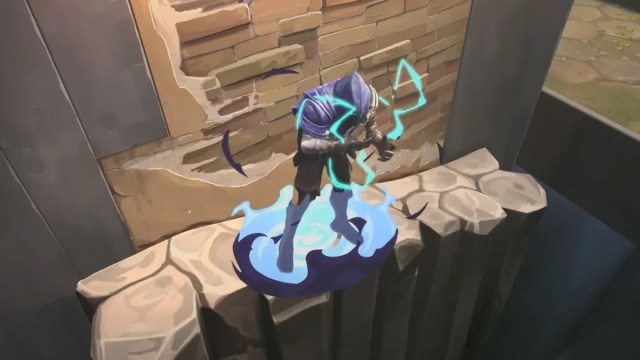
VALORANT maintains its reputation as a live-service FPS title that consistently gets tons of new content since its initial release. Riot hasn’t slacked off releasing new agents, skins, and maps.
Currently, Riot adds a new map to VALORANT about every six months. The map rotation concept was only introduced in 2022 during the game’s fifth competitive Episode, once there were eight total standard maps. Team Deathmatch maps are not counted towards this total.
In June 2022, during the Pearl map’s release, VALORANT maps design lead Joe Lansford announced Riot’s decision to have a seven-map competitive rotation pool. The decision was made after gathering feedback from esports teams, players, and professional organizations.
Lansford further explained how learning a new map in a tactical shooter can be challenging, a thought that drove the decision to have active and inactive map pools. Mastering a map is even harder, and having a “whole bunch of maps is a steep learning curve.” The team believes “seven is a nice sweet spot that offers both variety and mastery.” New players will have less to learn while diving into VALORANT, and existing players don’t need to learn a new map.
Crucially, the map rotation concept only applies to the Competitive, Premier, and Deathmatch modes. Unrated, Spike Rush, and other alternate modes continue to include all 11 maps, while the Team Deathmatch mode has a separate pool altogether.
Starting with the 2025 season, VALORANT’s competitive map pool will see changes every Act, with Riot cycling existing ones in and out while adding new ones once in a while.








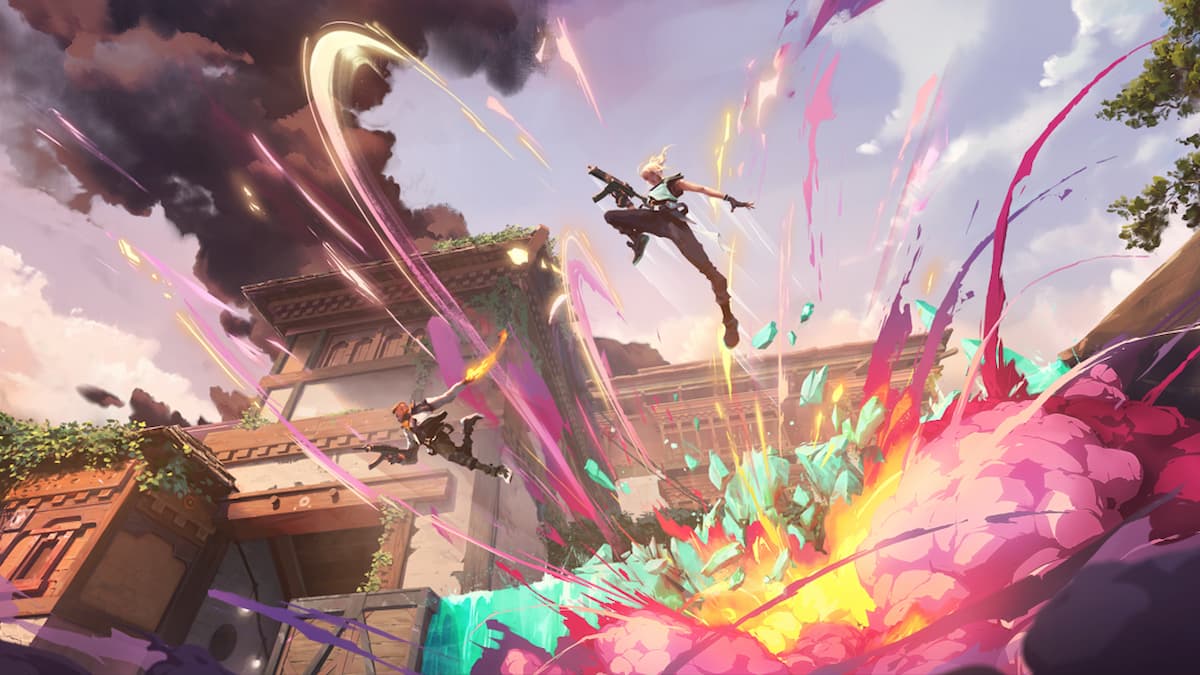



Published: May 6, 2025 04:52 am